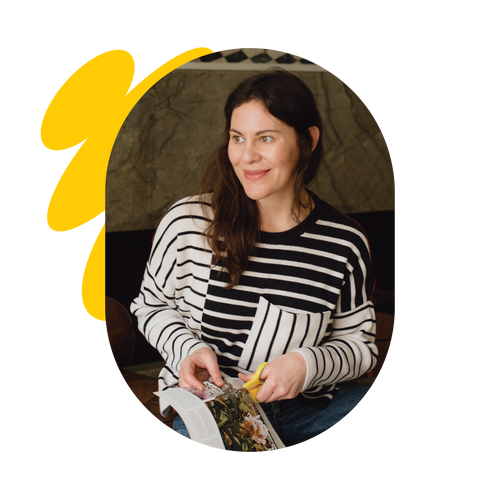Spring is in the air, and it feels like just the right moment to gaze upon a few of the most beautiful, inspiring, and evocative paintings throughout art history that depict the season of spring and the many joys of springtime.
Unsurprisingly, many artists have been inspired by the brightness and exuberance of the season, capturing the essence of spring in their own unique ways.
Spring, Giuseppe Arcimboldo, 1563

Giuseppe Arcimboldo (1526–1593) was an Italian painter best known for his highly original portraits where he depicted his subject’s faces composed of plants, vegetables, animals, and other natural elements.
He served as court painter for twenty-five years, creating portraits of the imperial family. Like other artists of his time, he designed tapestries and stained glass windows, and created theater costumes for the elaborate festivals and masquerades he organized at the court. However, Arcimboldo remains best known for his unique portraiture.
To celebrate the reign of Emperor Maximilian II, Arcimboldo presented two series of composite heads: The Seasons and The Elements. In The Seasons (Spring, Summer, Autumn, and Winter), created in 1563, Arcimboldo combined plants associated with a particular season to form a portrait of that time of year. Spring, features a smiling young woman, whose face is made of pink and white blossom skin with a lily-bud nose and the ear of a tulip. Her hair is made up of an array of flowers, while her dress is made of green plants and white floral ruff. She is truly a vision!
Le Printemps (Spring), Rene Magritte, 1965

René Magritte (1898-1967) was a Belgian Surrealist artist who created otherworldly scenes filled with familiar imagery such as clouds, green apples, pipes, and bowler hats juxtaposed in subtly unsettling settings. Magritte was a member of a group of artists and poets called the Surrealists. The Surrealists celebrated the power of the imagination and wanted to make their art from the unconscious – thoughts often found in dreams. Magritte was a big Sigmund Freud fan.
Le Printemps (Spring) features imagery that is both mundane and fantastical, highly symbolic (springtime evoking rebirth, freedom, etc.), and so very Magritte.
Spring Flower, Alma Thomas, 1969

Alma Thomas (1891-1978) was an American painter inspired by the natural world, who often used vibrant colors and a signature brushwork to create her paintings. I love her for many reasons, but mostly because of the strong sense of exuberance in her work, the fact that she was an art educator for most of her life, and the fact that she did not dedicate her career to art until she was in her 70s.
A few words that come to mind when looking at her signature mosaic-like paintings are nourishing, joyful and all-encompassing. Thomas was influenced by painters in the Washington Color School including Morris Louis, Kenneth Noland, and Gene Davis, and this lifelong study of color theory is demonstrated throughout her body of work.
Nature was Thomas’s muse, and even during the height of the Civil Rights movement she focused on the awe-inspiring and uplifting quality that the natural work evokes. As she explained, “Man’s highest inspirations come from nature. A world without color would seem dead. Color is life. Light is the mother of color. Light reveals to us the spirit and the living soul of the world through colors.”
Study for Past Times, Kerry James Marshall, 1997

Kerry James Marshall (b. 1955) is one of the most lauded artists today, and is most known for his monumental paintings of Black history and culture, deeply rooted in both Marshall’s personal history as well as western art history. In much of his work, Marshall challenges predominant art historical narratives and presents work that triumphantly subverts the canon in remarkable ways. In this work, a study for his painting Past Times, “the artist confronts the canon upon its own rigorous terms, boldly usurping the grand artistic gesture of past movements to assert the primacy and presence of an African American narrative within the larger legacy of contemporary American painting.” (Medium).
Describing his art historical points of reference, Marshall explains, “My model for them was the genre of pastoral painting that extends from Giorgione’s Tempest to Edouard Manet’s Le Déjeuner sur l’herbe. The inhabitants of pastoral paintings are usually engaged in some very leisurely activity: lounging on the lawn, picnicking, enjoying each other’s company, listening to music.”
I hope that these four very different but equally moving artworks dedicated to Spring have inspired you to bask in the beauty of nature and maybe even create your own interpretations of Spring using the Watercolor Drawing Kit or materials you may already have.







